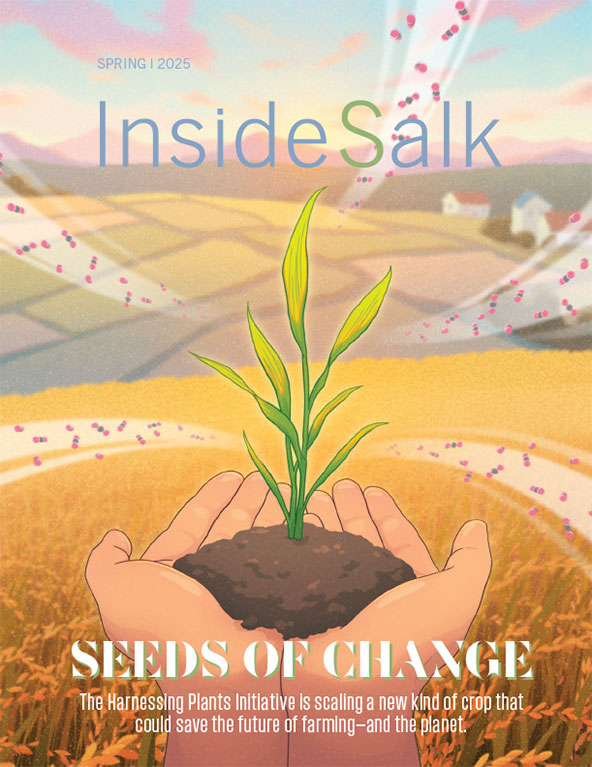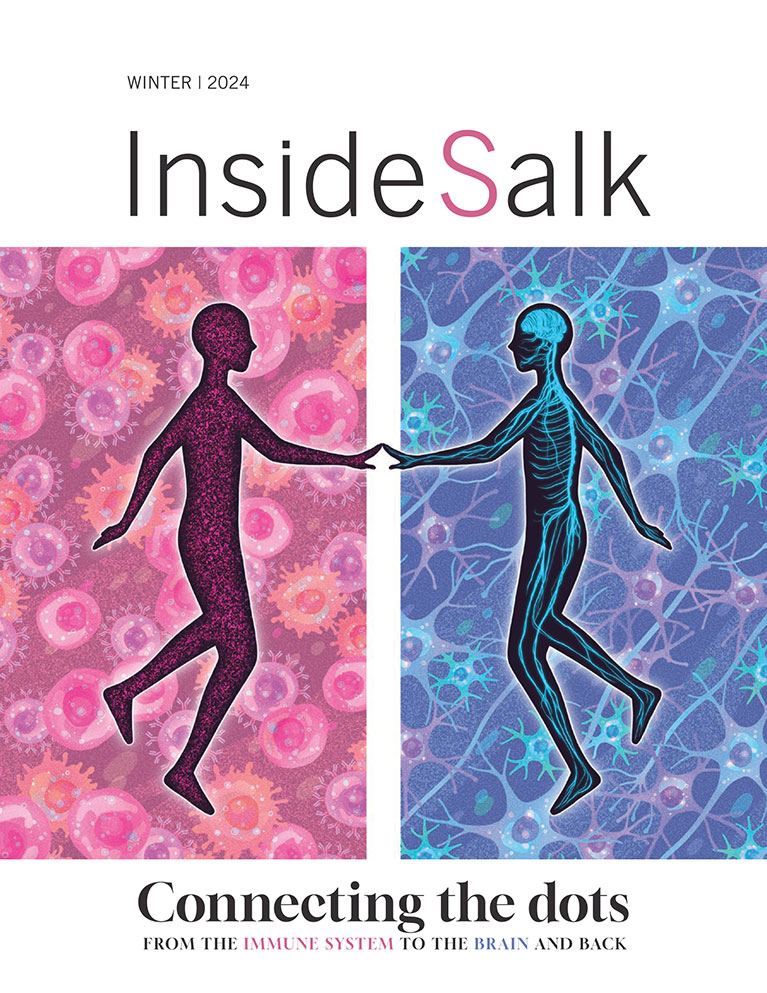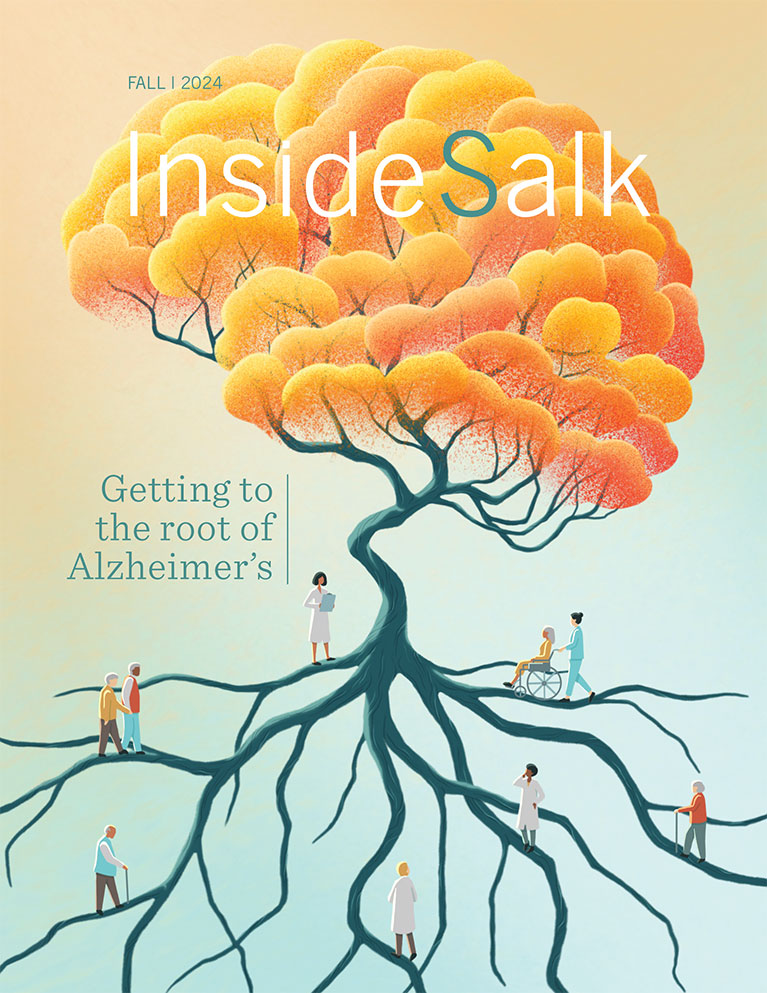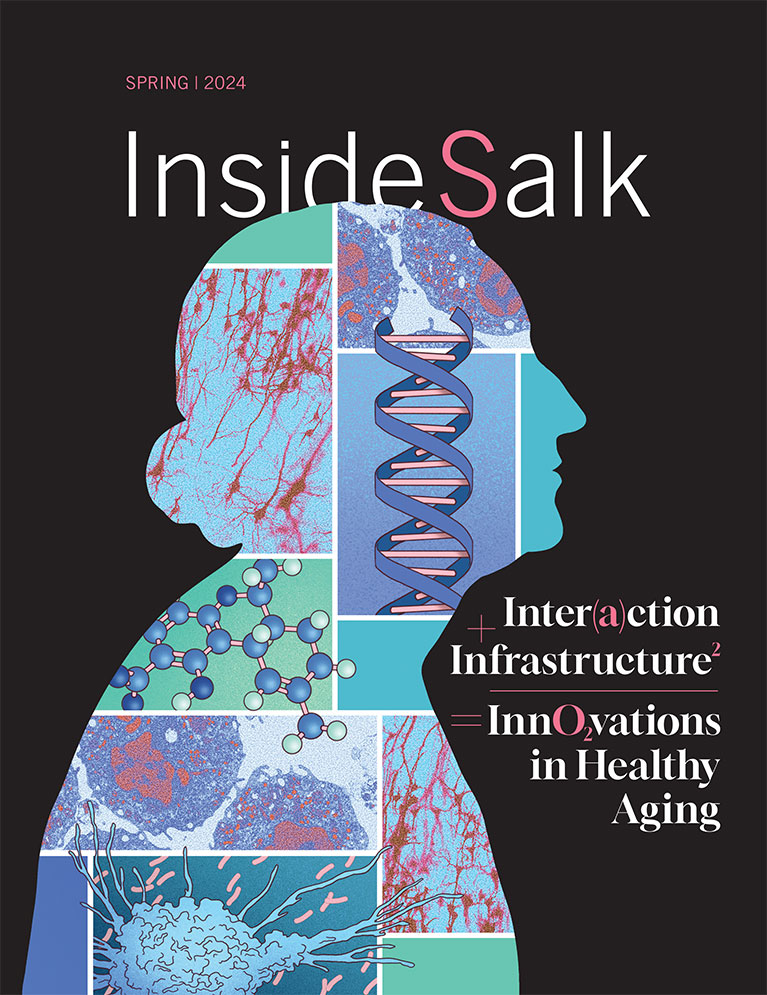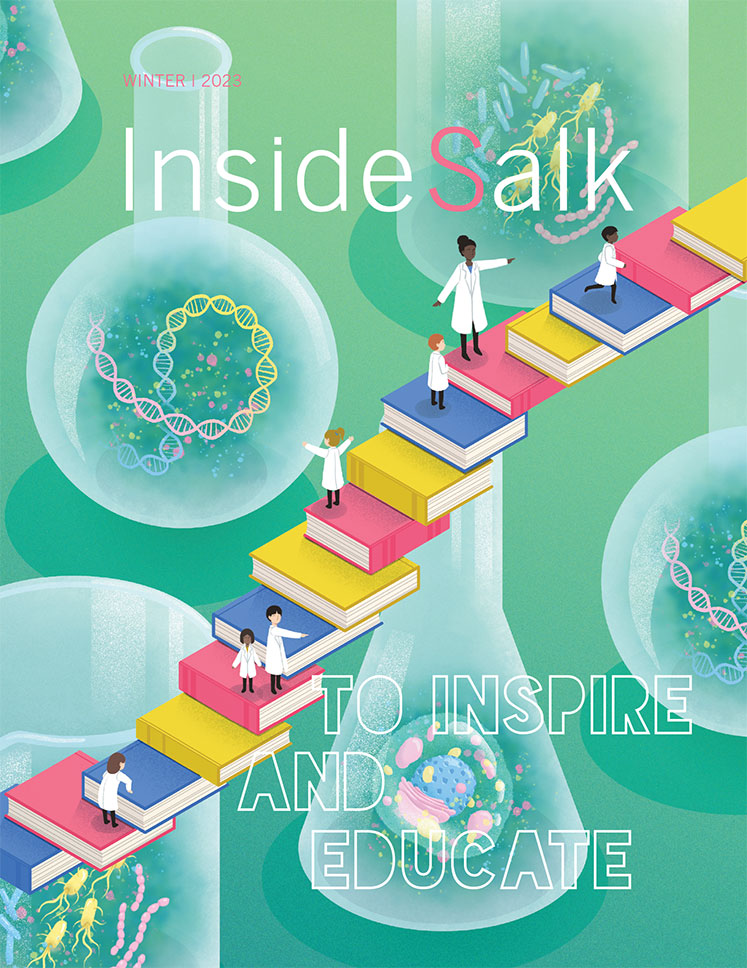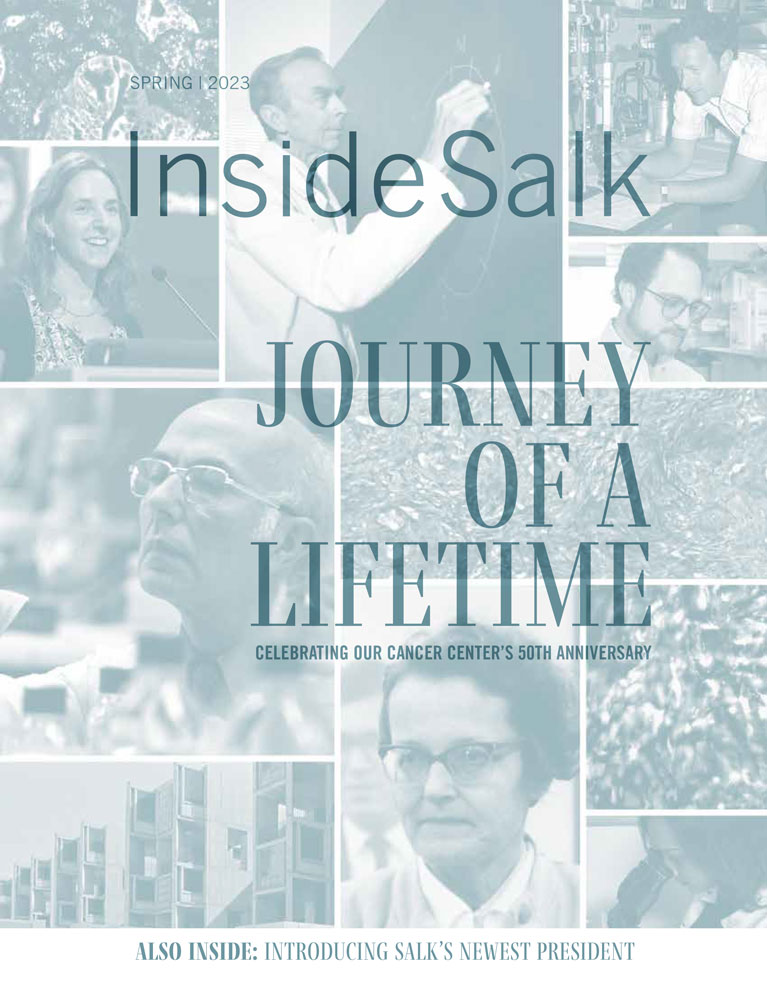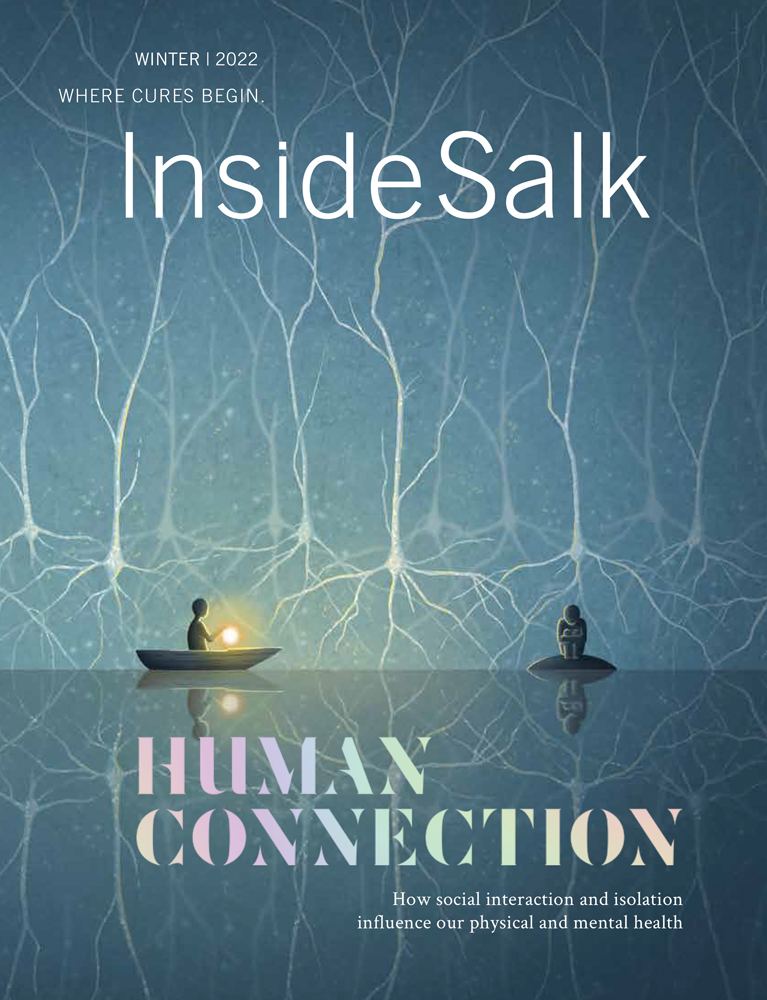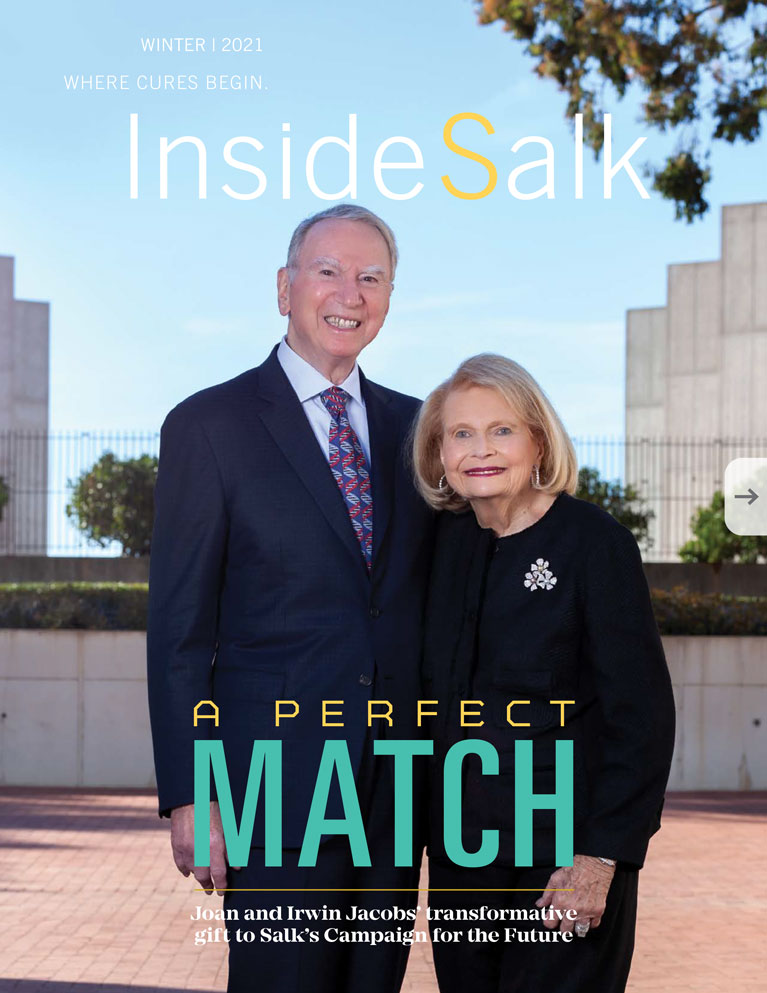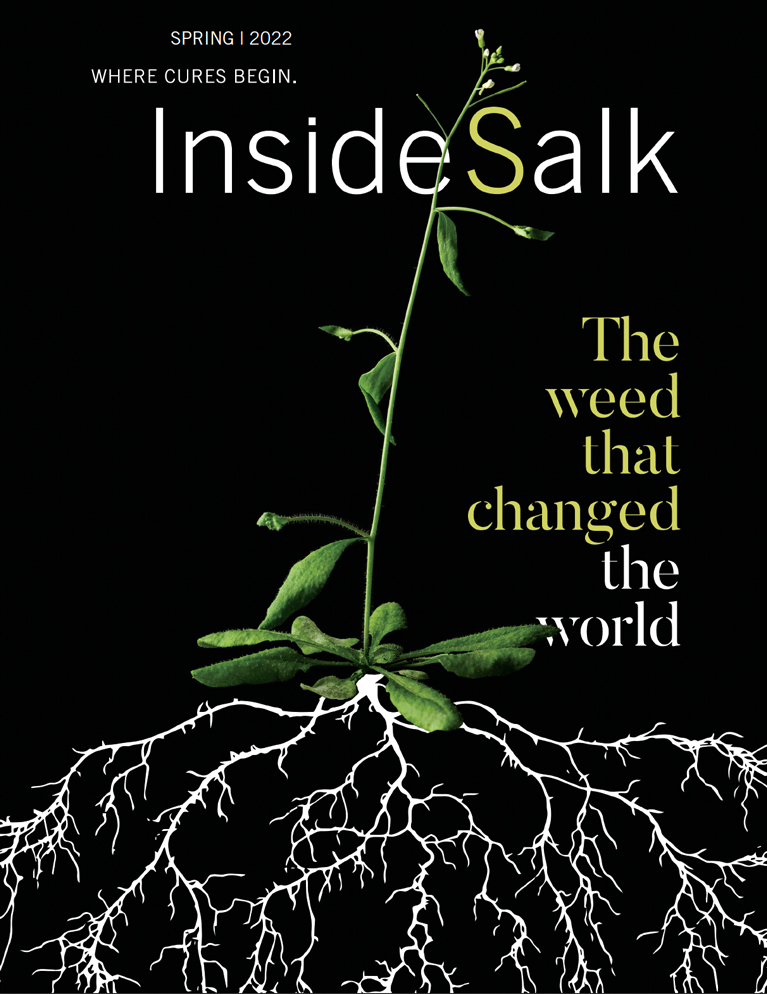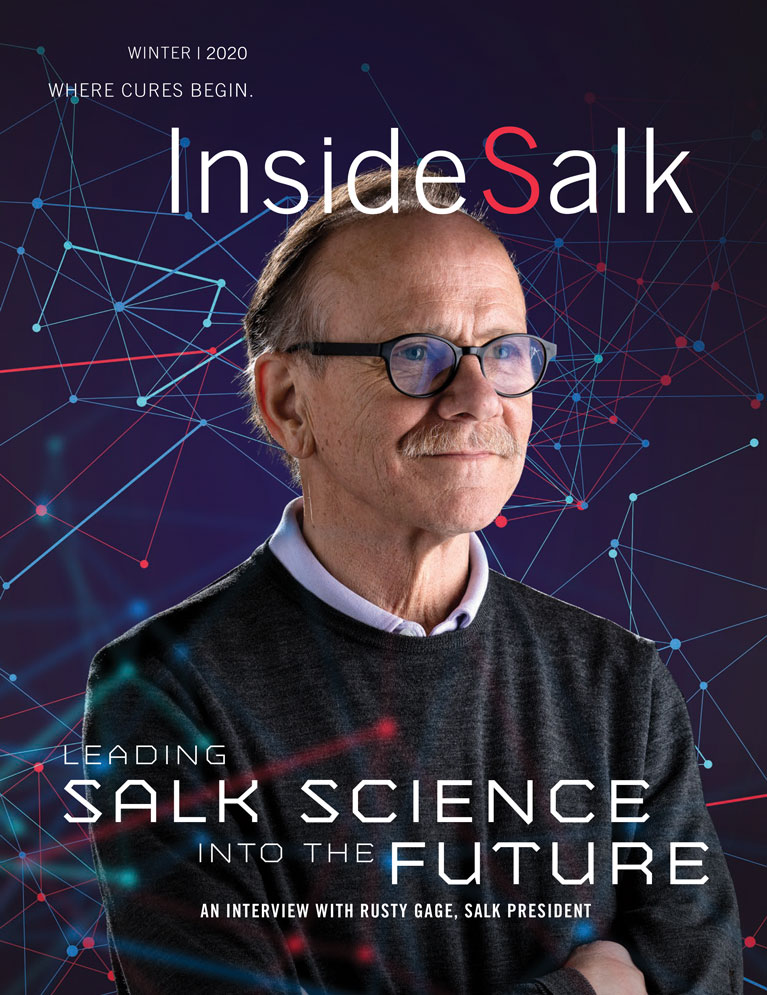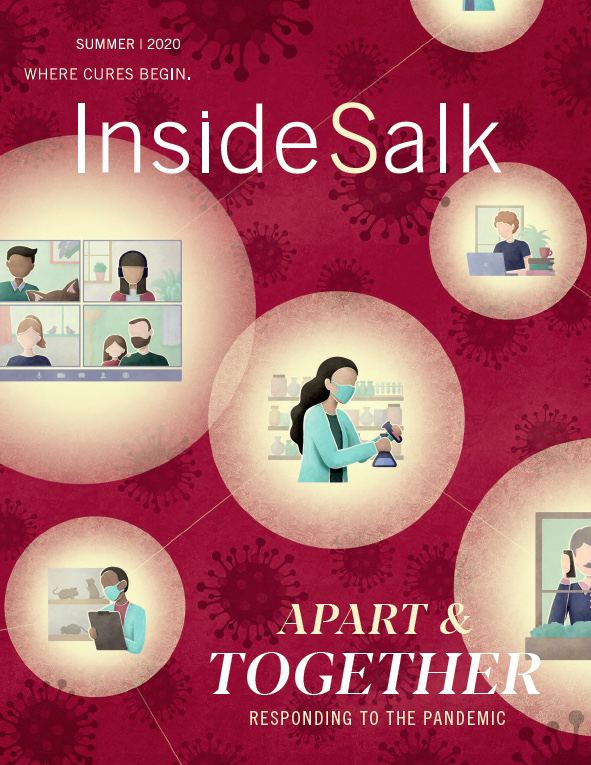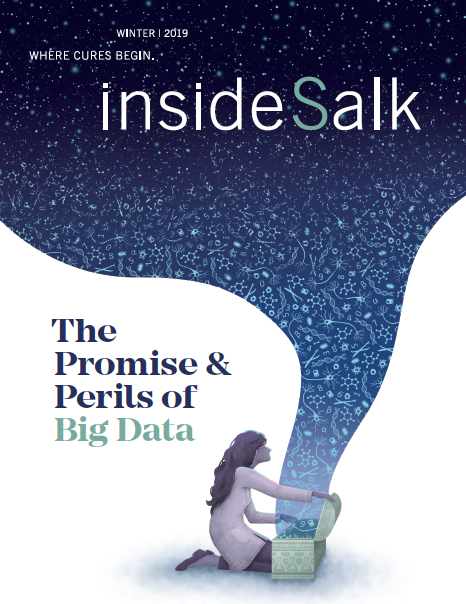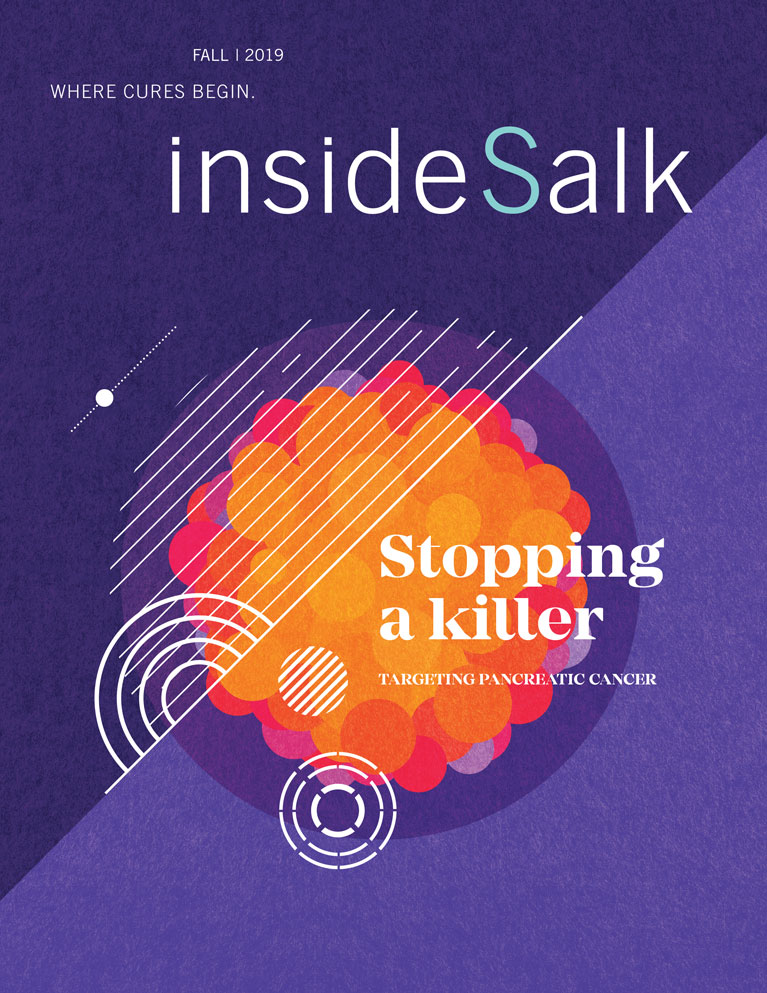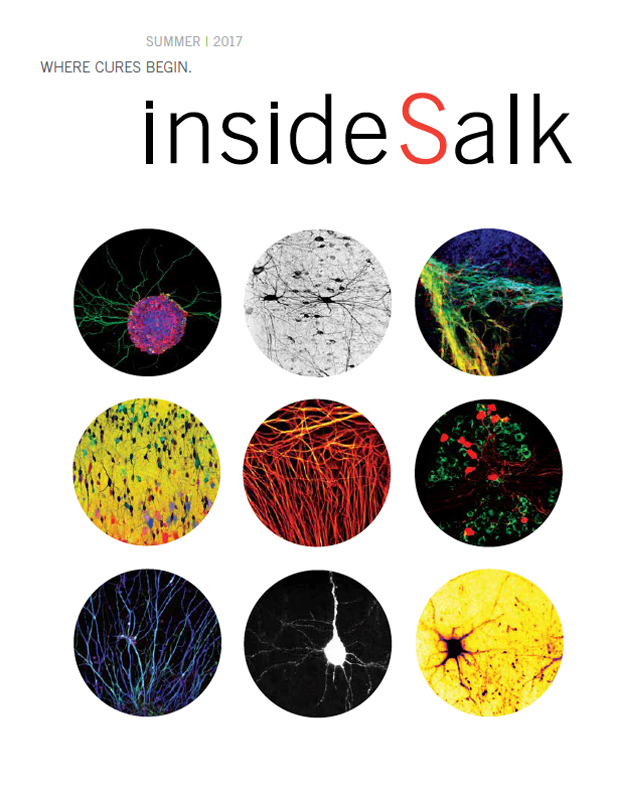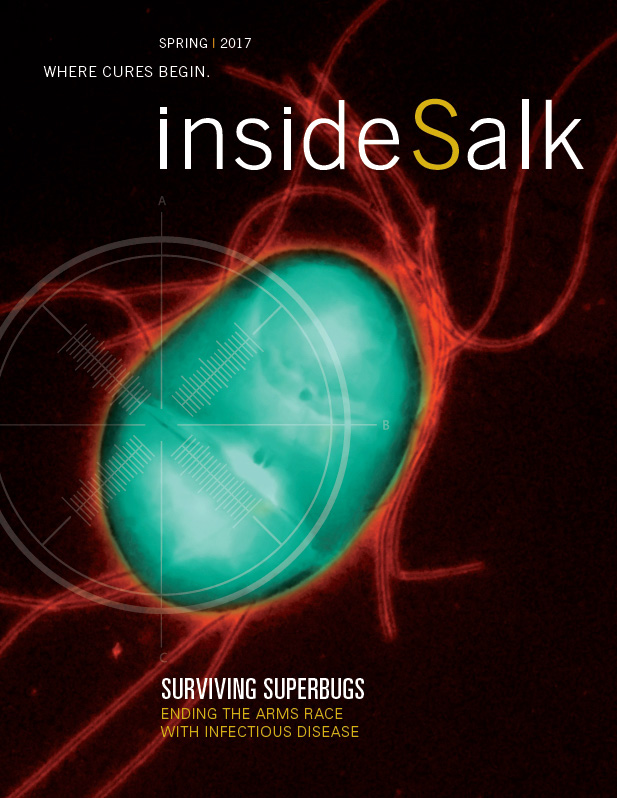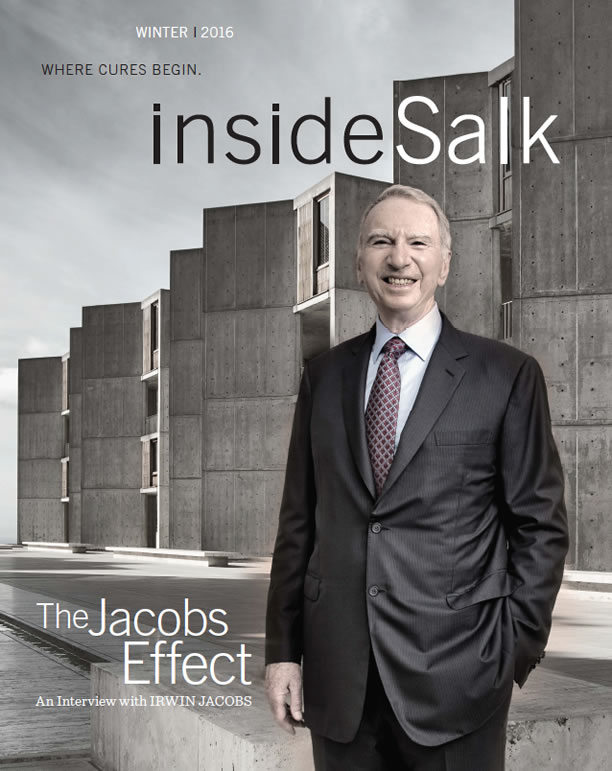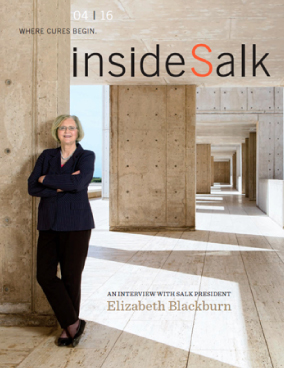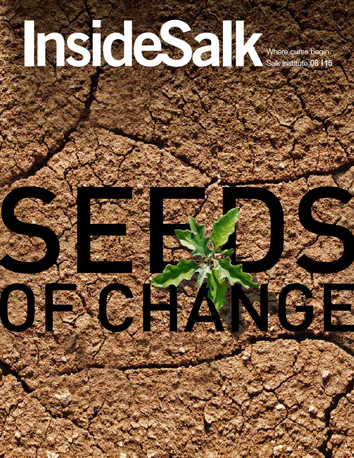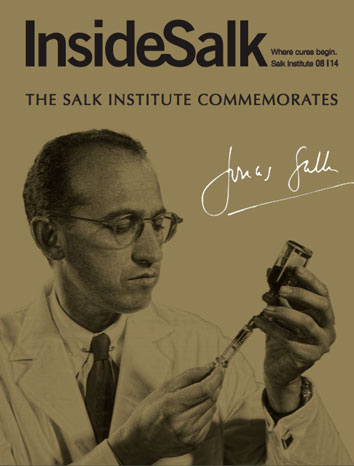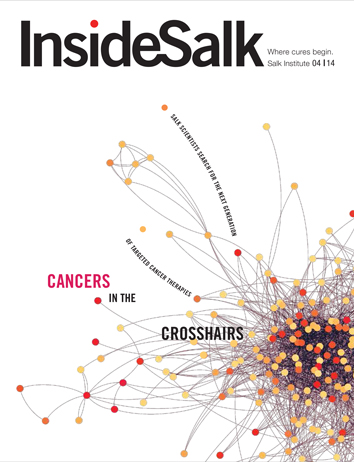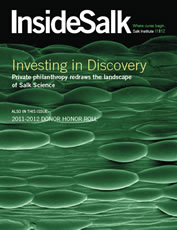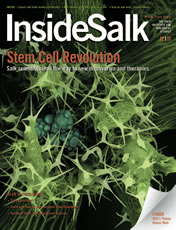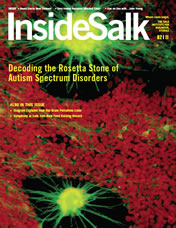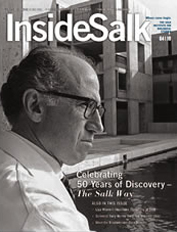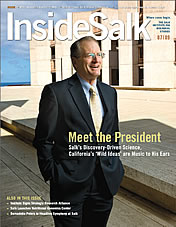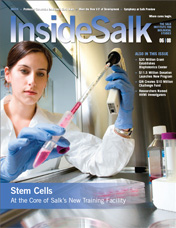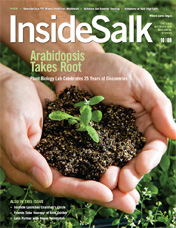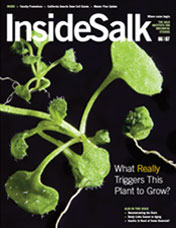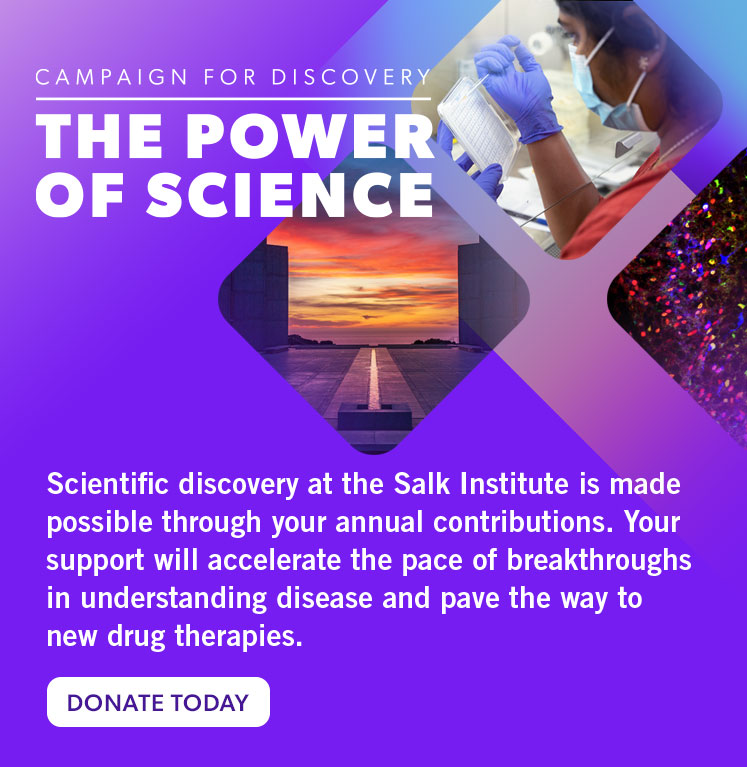Frontiers Seeds of change The Harnessing Plants Initiative is scaling a new kind of crop that could save the future of farming—and the planet
In a nation founded by farmers and scientists, agriculture has long been a symbol of American liberty, industry, and innovation. Thanks to early investments in research and technology, the United States has grown into an agricultural powerhouse, supporting millions of jobs and a large share of the global food supply.
Today, a new generation of farmers is inheriting the land and the responsibility that comes with it.
“First and foremost, we have a lot of people to feed,” says first-generation farmer Megan Freeman, “but as it stands, we don’t all have the same access to healthy food. On the farm, we believe everyone has a right to high-quality, nutrient-dense produce. Everyone deserves that dignity.”
Freeman was one of the first graduates of the Sustainable Agriculture and Food Systems program at UC Davis. Ten years later, she’s a full-time farmer and education manager at Coastal Roots Farm in Encinitas, California.
She and her colleagues have joined a long-standing agricultural tradition in Southern California. Most farms in San Diego County are multigenerational family farms, and the region boasts the highest number of part-time farmers in the country. Their work continues to be a major driver of the local and state-wide economy.
But like many California farmers, the Coastal Roots team is spending increasing time and resources protecting their crops from environmental threats.
“Our biggest challenge is the inconsistency of recent weather patterns,” says Freeman. “The rain came very late this year, and when it does, it’s intense. We have to pull farmers off their posts to go dig trenches and lay out sandbags to try to stop the floodwaters from washing away all our soil and crops.”
Coastal Roots’ farming practices are based on centuries of historical weather patterns, but recent changes are making it harder for both people and plants to time their activities.
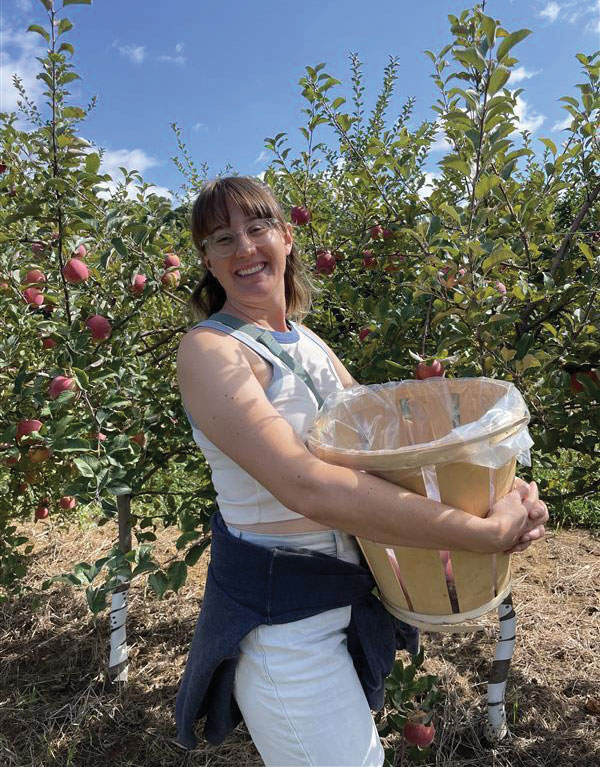
Megan Freeman, a first-generation farmer.
“If the temperature spikes after we’ve planted our cool season crops, or our fruit trees blossom early and then get pummeled by rain and hail—that’s a whole harvest lost in an instant,” she says.
Heat waves and wildfires recently destroyed many fields and orchards in the region, leaving farmers to rely on government assistance programs to subsidize their losses. When the last decade of prolonged droughts forced California farmers to leave hundreds of thousands of acres of farmland unused, the economic impact was well into the billions of dollars.
Extreme weather events have similarly impacted farms across the Midwest and Great Plains. In 2022, federal crop insurance paid farmers a record $19 billion for crop losses—a more than 500 percent increase from the $3 billion spent in 2002. Still, only about half of all losses were covered by insurance, suggesting the actual damages exceeded $30 billion.
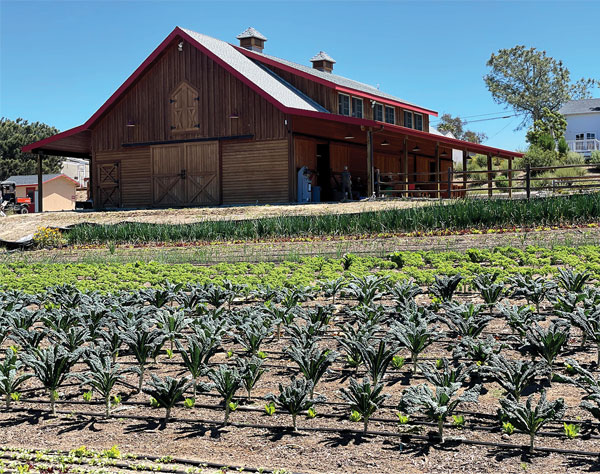
Coastal Roots Farm in Encinitas, California.
That’s why Coastal Roots Farm has committed to using sustainable farming practices that prioritize soil health, water efficiency, and crop resiliency. The farm is now celebrating its 10th anniversary, and its soil and harvests are only getting stronger.
“When I first joined the farm, we had a whole area that was just backfill from a housing development—it was not productive land,” says Freeman. “The team started planting pioneer trees that add carbon and nitrogen to the soil, digging swales for water retention, and using our pasture-raised chickens to clear pests and fertilize the land. Now the soil in our food forest is super rich, and we’re growing these giant pieces of chard that are bigger than your face.”
Freeman also finds hope in her interactions with the many school groups that visit the farm each year.
“I think this younger generation understands that we have the power to make choices that can impact the environment positively or negatively,” she says. “But if we want to encourage them to become the farmers of tomorrow, we need to make agriculture a more viable and sustainable industry today.”
The problem with carbon
Weather patterns may be getting harder to predict, but the source of the problem is clear.
Humans have spent the last few centuries reshaping the land to meet their needs—clearing forests, paving over grasslands, and building energy systems that release carbon into the air. These actions have enabled tremendous progress, but they’ve also altered the natural balance that keeps our environment and food systems stable.
Today, there’s more carbon dioxide (CO2) in the atmosphere than at any other point in recorded history. This excess carbon has been trapping heat and shifting weather patterns for years. In the US, unpredictable harvests are already disrupting the economy and raising food prices. Around the world, subsistence farmers are at risk of losing their entire livelihoods. With the global population expected to increase sharply over the next few decades, the stakes are undoubtedly high.
Countries around the world have pledged to achieve carbon neutrality by the year 2050, but these efforts require substantial investment and mutual buy-in. Current industrial sequestration methods are also ill-equipped to capture and store enough carbon in time.
So the question is: Is there another way? Could we somehow grow crops that not only survive these environmental changes, but also help reverse them?
At the Salk Institute, a team of scientists is doing just that.
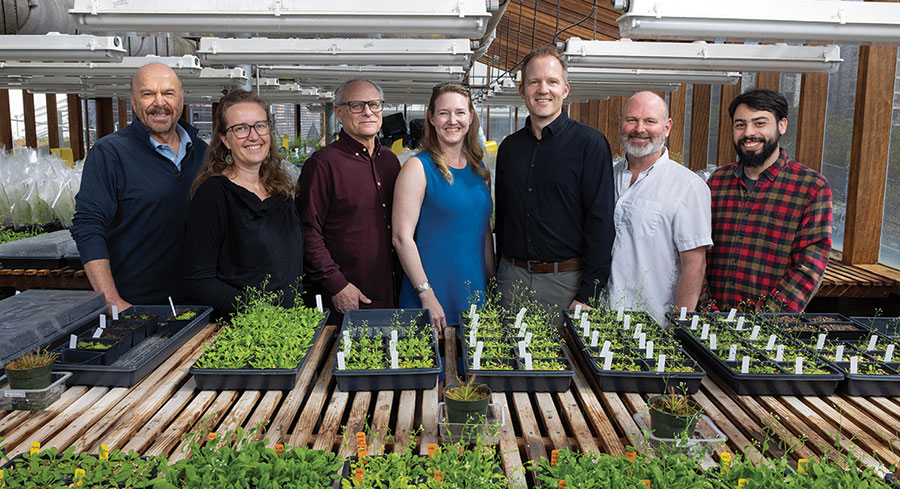
Harnessing Plants Initiative faculty from left: Joseph Ecker, Lena Mueller, Joseph Noel, Julie Law, Wolfgang Busch, Todd Michael, and Talmo Pereira.
A natural solution
Salk’s Harnessing Plants Initiative is the world’s leading program for plant-based carbon capture, built on decades of foundational research from the Institute’s preeminent plant scientists.
The idea is deceptively simple: enhance plants’ natural ability to absorb and store carbon as a way to clean the air and restore environmental stability.
But how do you turn up the dial on plant-based carbon removal? The secret lies underground.
When plants take in CO2 for photosynthesis, they store the carbon molecules in their leaves, stems, and roots. A lot of that carbon is eventually released back into the air, but that doesn’t have to be the case.
Plants can store carbon for much longer when their roots are 1) bigger, 2) deeper, and 3) richer in suberin—a cork-like plant compound that holds onto carbon and decomposes very slowly. By enhancing these three traits, Salk is developing plants that can store carbon deep underground for several decades or even centuries.
“What makes our approach so promising is its accessibility, scalability, and sustainability,” says Salk Professor Wolfgang Busch, executive director of the Harnessing Plants Initiative. “Carbon capture factories use expensive machinery that will take a lot of time and resources to expand worldwide. With plant-based methods, we don’t have to create a new industry or convince people to use a new technology, because farming already exists. We can scale carbon-capturing crops quickly and relatively cheaply, which is critical if we want to make an impact in time.”
In 2017, Busch left the Gregor Mendel Institute in Vienna to co-found the Harnessing Plants Initiative with Salk scientists Joanne Chory, Joseph Noel, Julie Law, and Joseph Ecker. With early support from TED’s Audacious Project, Hess Corporation, and the Bezos Earth Fund, the Initiative quickly grew into one of plant biology and agriculture’s most ambitious efforts.
“We need food to live, and we need a healthy environment to produce food,” says Andy Jarvis, director of Future of Food at the Bezos Earth Fund. “The beauty of carbon sequestration is that nature already has the tools. We just need to scale them up, and through science and modern technology, we can boost those processes.”
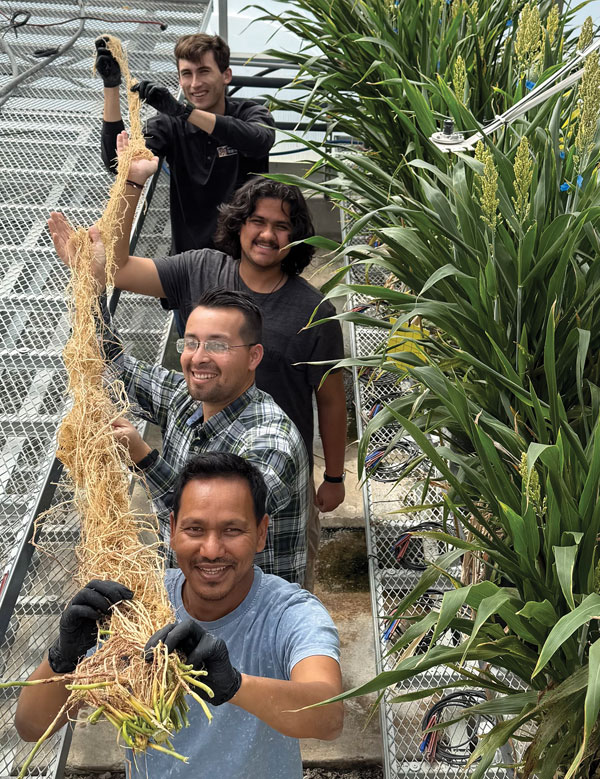
Plants retain carbon longer when their roots are larger, deeper, and richer in suberin—a cork-like compound that decomposes slowly. By enhancing these traits, Salk is creating crops that can capture atmospheric carbon and store it underground for centuries.
Harnessing Plants Initiative By the Numbers

Global collaborations

Plant genomes sequenced

Gene candidates identified

Salk Ideal crops in development

Papers published 2023–24

Patents filed
Sustainable science
Salk’s approach is made possible by advances in plant genetics, genomics, and epigenetics.
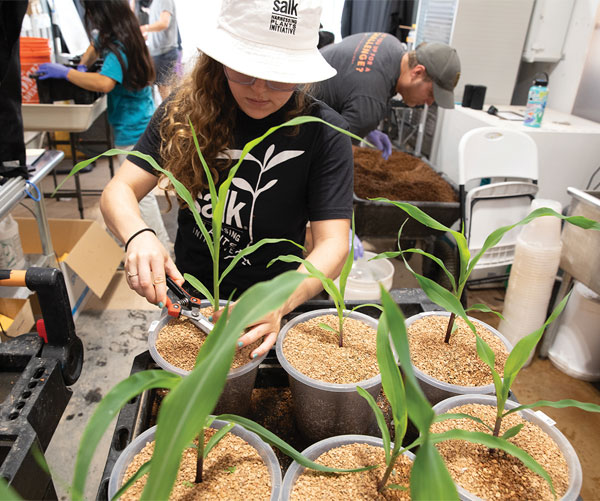
Scientists tend corn at the greenhouse.
The idea came together through their early experiments with thale cress, a mustard species commonly used in plant biology research. Chory and Busch discovered genes that could more than double the size and depth of the plant’s roots, while Law and Noel were making progress on boosting its suberin levels. Encouraged by these results, the group wondered whether this could also be done in other plants.
The team has been conducting huge trials to explore the natural diversity of other crop species, searching for varieties that already have some of the characteristics they’re looking for. Using the latest tools in plant and molecular biology, they can then identify the specific gene variants that produce these traits and transfer them to the next generation of crops.
The process is conceptually similar to the standard breeding techniques that farmers have long used to cultivate new crop varieties, but it’s much more precise and efficient in practice (a major advantage when time is of the essence).
The team has already successfully identified more than 345 promising gene candidates for enhancing root mass, depth, and suberin content, far surpassing their initial goal of 50 genes per trait.
These genes are now being tested in several key agricultural species. The resulting carbon-capturing crops are called Salk Ideal Plants®, and their catalog is quickly expanding.
The first field tests
The Harnessing Plants Initiative currently spans eight major crop species: rice, corn, wheat, sorghum, alfalfa, soybean, canola, and pennycress.
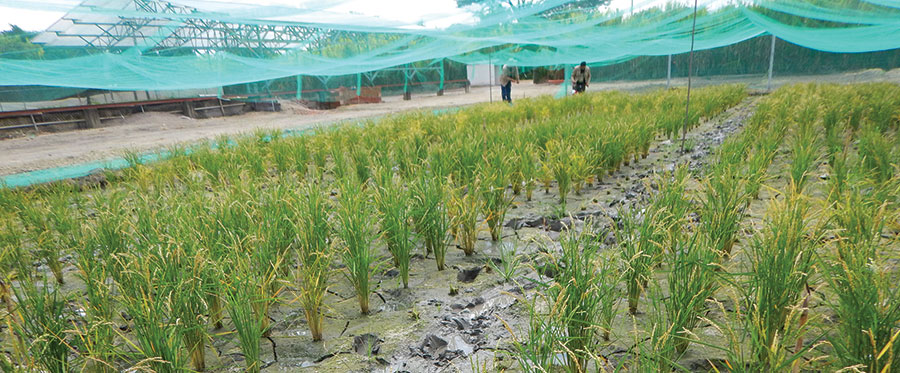
Salk Ideal rice enters its first large-scale field trial in Palmira, Colombia, in partnership with CIAT.
Salk Ideal versions of each crop are first planted in small laboratory growth chambers, where the researchers can evaluate whether each candidate gene is producing the desired trait. If a plant looks particularly promising, it’s then advanced to the greenhouse stage, where it can be observed in a larger variety of soil and climate conditions. The most successful crop lines are finally tested in open field trials, where they must brave the elements across an entire agricultural season.
In their first five years of funding, the team has already developed 38 different Salk Ideal crop lines spanning five different species, each containing a different gene to enhance root size, depth, or suberin content.
In the fall of 2024, the Initiative reached another major milestone. The first translational field trial of Salk Ideal rice was launched in Palmira, Colombia, in collaboration with the International Center for Tropical Agriculture (CIAT).
More than half the world’s population depends on rice as their primary source of calories. Studies have shown that growing rice and other staple crops at elevated CO2 levels significantly reduces their protein content and critical nutrients like iron, zinc, calcium, and magnesium. If these grains become even 5–10 percent lower in iron and protein, developmental impairments, malnutrition, and anemia will increase to the point of a humanitarian crisis.
“This field trial is a huge step forward for us,” says Busch. “In the race to rescue air quality, food stability, and global public health, we clearly have the best shot of making an impact at a timescale that matters.”
Partners in progress
Salk scientists have teamed up with leading industry experts to accelerate the transition from potential to tangible impact.
In 2022, the Harnessing Plants Initiative helped launch Cquesta, a biotechnology spinoff company tasked with commercializing Salk Ideal Plants. With sites in La Jolla, Chicago, and St. Louis, Cquesta serves as the bridge between nonprofit research and the agricultural industry.
“Cquesta’s mission is to turn these discoveries into real-world products that farmers can easily access,” says Cquesta CEO Tim Ulmasov. “Our job is to work directly with agricultural businesses to make sure these crops are scalable, reliable, and profitable to them.”
The business model works as follows: Research partners like Salk identify genetic strategies to enhance desirable traits in important crops. Cquesta’s scientists then make these changes in specific crop varieties of interest—mainly proprietary seeds designed and owned by major seed companies. The resulting crops then go through multiple trials to confirm that the genetic enhancements preserve the original integrity of the plant while also boosting root systems and carbon sequestration.
Capturing carbon can be profitable to farmers in the form of carbon credits, and Cquesta supports farmers in calculating and reporting this benefit. But while incentivization programs do exist for certain crops, carbon credits can’t currently drive business on their own. Farmers and seed companies are still most interested in traits that will directly support their crops, yields, and profits. Fortunately, the larger, deeper root systems of Salk Ideal Plants benefit farmers in many important ways.
“These stronger root systems don’t just retain more carbon,” says Ulmasov. “They also support soil health, absorb more water and nutrients, and help crops survive intense heat, droughts, and floods. That’s why we’re getting so much traction—these are agronomically meaningful traits.”
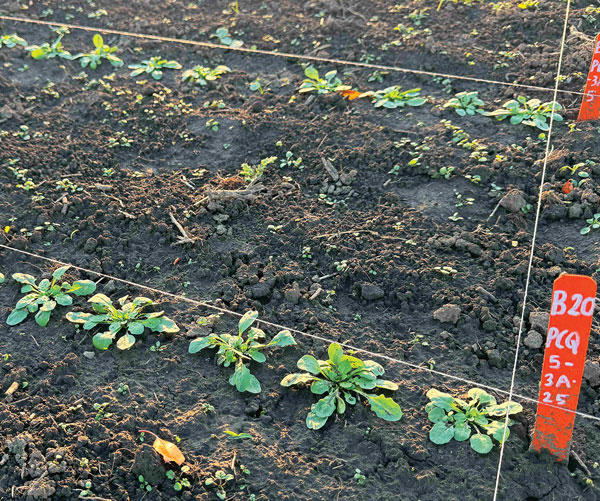
Cquesta’s field trial of three new lines of Salk Ideal CoverCress.
Once these auxiliary benefits are fully validated, Cquesta will license the traits to major seed companies, who will then sell and distribute the enhanced seeds to their established networks of agricultural customers.
Ulmasov says tapping into these existing markets is the most efficient way of getting Salk Ideal Plants out to farmers across the world—and word is already spreading fast.
“We’re getting a lot of interest,” he says. “Major US seed companies are giving us their seeds to test these traits in. They haven’t seen these kinds of traits before, and they recognize the novel opportunity. Having the Salk name behind us also gives them confidence in our approach.”
Cquesta also launched its own field trial in Illinois this past fall, surveying three new lines of Salk Ideal CoverCress. Additional trials are being planned for 2025 while their staff make progress on new lines of corn, soybean, and canola.
When it comes to scaling this technology, Salk and Cquesta are aiming big. There are currently more than 1.4 billion acres of land across the world perfectly suited to grow Salk Ideal crops. That’s a landmass the size of Australia that could be used to sequester carbon without having to change any land use or cultivation practices. When all is said and done, Cquesta is planning to achieve commercialized carbon removal at the gigaton scale.
The future of farming
With the next round of field trials in development, Salk scientists are getting a head start at advancing their techniques even further.
The team is developing a new software called RootGPT, an artificial intelligence platform that uses their massive datasets to better predict which genetic interventions will work best in different crop varieties, soils, and climate zones.
“Think of it as personalized agriculture,” says Busch. “Instead of designing one-size-fits-all solutions, Root GPT will help us tailor our methods to the specific needs of each crop species and farming region. This will massively speed up the breeding process and help us get farmers the best plants in the shortest amount of time.”
Speed and efficiency are constant priorities in Busch’s leadership strategy. The other major factor on his mind is funding. With less than 2 percent of US federal funding going toward environmental and climate research, the Harnessing Plants Initiative will continue to rely on philanthropic support.
“In just five years, we have built the world’s most advanced program for plant-based carbon capture,” says Busch, “but that won’t matter if we can’t see our mission through. The next five years of research and funding will be what finally gets these plants to the farmers who need them. If we are successful, every human being on the planet will benefit.”
It’s easy to take science and agriculture for granted in a country that’s historically invested heavily in both. Will future generations get to benefit from the same forward thinking?
“A healthy environment underpins a strong economy—it’s as simple as that,” says Jarvis, who facilitates Salk’s strategic and funding support from the Bezos Earth Fund. “Investing in sustainable agriculture creates jobs, stabilizes rural economies, and protects the resources farmers rely on.”
Imagine a future where fields of rice, wheat, and corn don’t just feed the world—they help restore it. A future where crops are designed not just for yield but for nutrition, resilience, and renewal.
Thanks to the Harnessing Plants Initiative and its supporters, that future is no longer just an idea. It’s already taking root.
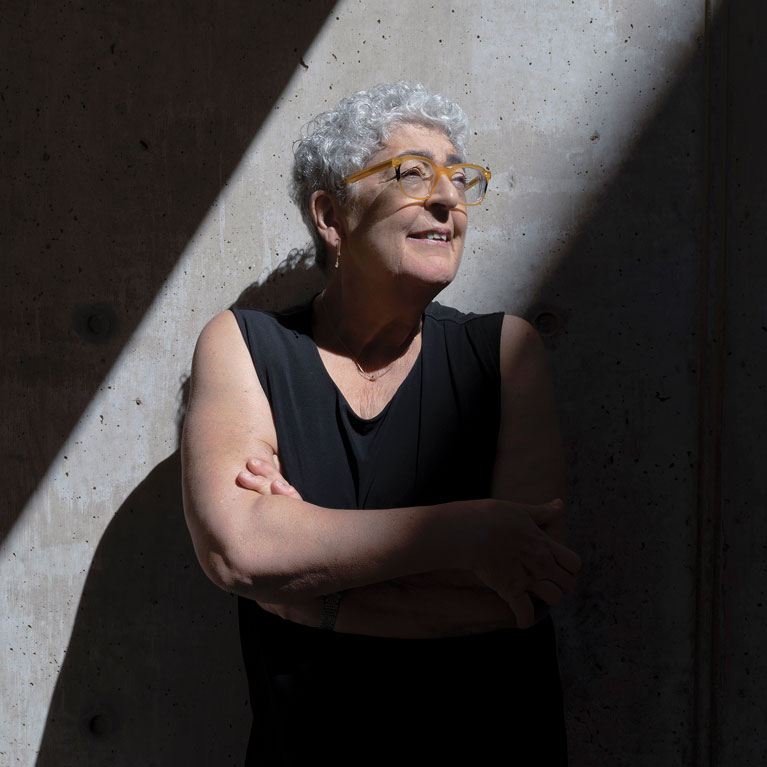
Celebrating Joanne
The Salk Institute recently honored the memory of Professor Joanne Chory, founding director of the Harnessing Plants Initiative (HPI). On March 19, which would have been her 70th birthday, the community held a celebration of her extraordinary life and accomplishments.
Chory passed away on November 12, 2024, at the age of 69 due to complications from Parkinson’s disease. She was a beloved member of the Salk community, an influential advocate for environmental sustainability, and one of the greatest scientific innovators of our time.
“As we mourn Joanne’s loss, we are also strengthening our resolve to achieve the ambitious goals she envisioned for HPI. Joanne’s life was a testament to the power of curiosity, kindness, courage, and perseverance, and we will carry her spirit forward in all that we do. Everyone in HPI is more determined than ever to bring her vision to life, and I am confident we will succeed. We owe it to her and to the world.”
—HPI EXECUTIVE DIRECTOR WOLFGANG BUSCH
Featured Stories
 Seeds of change: The Harnessing Plants Initiative is scaling a new kind of crop that could save the future of farming—and the planetFarmers and plant biologists are linking arms to build more sustainable, resilient agriculture. Salk scientists are working to enhance plants' natural ability to capture carbon to clean our air and restore environmental stability—all while maintaining productivity for growers.
Seeds of change: The Harnessing Plants Initiative is scaling a new kind of crop that could save the future of farming—and the planetFarmers and plant biologists are linking arms to build more sustainable, resilient agriculture. Salk scientists are working to enhance plants' natural ability to capture carbon to clean our air and restore environmental stability—all while maintaining productivity for growers. The day polio met its match: Celebrating 70 years of the Salk vaccineSeventy years ago, on April 12, 1955, the polio vaccine developed by Jonas Salk and his colleagues was officially declared “safe, effective, and potent”—a moment heralded as a triumph of medicine over one of the most feared diseases of the 20th century. On this milestone anniversary, it's crucial to remember that fear, and learn from this historic public health success.
The day polio met its match: Celebrating 70 years of the Salk vaccineSeventy years ago, on April 12, 1955, the polio vaccine developed by Jonas Salk and his colleagues was officially declared “safe, effective, and potent”—a moment heralded as a triumph of medicine over one of the most feared diseases of the 20th century. On this milestone anniversary, it's crucial to remember that fear, and learn from this historic public health success. Pallav Kosuri: Making magic out of moleculesA physicist-turned-bioengineer, Kosuri is developing nanoscale technologies that are on their way to transforming how we diagnose and treat diseases. Kosuri’s lab is using DNA to create a suite of biosensors, diagnostic tools, and drug delivery systems.
Pallav Kosuri: Making magic out of moleculesA physicist-turned-bioengineer, Kosuri is developing nanoscale technologies that are on their way to transforming how we diagnose and treat diseases. Kosuri’s lab is using DNA to create a suite of biosensors, diagnostic tools, and drug delivery systems. Suzanne Page: Uprooting, replanting, and blooming againIn October 2024, the Salk Institute named Suzanne Page as its new Vice President and Chief Operating Officer. Page has lived and traveled all over the country, developing a strong background in research operations, finance, and legal in the for-profit and nonprofit sectors—leading her to "manifest" her role at Salk.
Suzanne Page: Uprooting, replanting, and blooming againIn October 2024, the Salk Institute named Suzanne Page as its new Vice President and Chief Operating Officer. Page has lived and traveled all over the country, developing a strong background in research operations, finance, and legal in the for-profit and nonprofit sectors—leading her to "manifest" her role at Salk. Irene López Gutiérrez: After every storm comes sunshine—and scienceRainy winter weather in Gutiérrez's seaside hometown in Spain led to long days indoors, where she found a science television show that inspired an entire life of education and research that eventually brought her to Salk. Today, she works in Professor Susan Kaech's lab studying Alzheimer's disease.
Irene López Gutiérrez: After every storm comes sunshine—and scienceRainy winter weather in Gutiérrez's seaside hometown in Spain led to long days indoors, where she found a science television show that inspired an entire life of education and research that eventually brought her to Salk. Today, she works in Professor Susan Kaech's lab studying Alzheimer's disease. Michelle Chamberlain named Salk’s new Vice President of External RelationsMichelle Chamberlain assumed the role on April 2, where she will serve on Salk's Executive Leadership Team and oversee all fundraising efforts, communications, community engagement, education outreach programs, foundation relations, and stewardship activities.
Michelle Chamberlain named Salk’s new Vice President of External RelationsMichelle Chamberlain assumed the role on April 2, where she will serve on Salk's Executive Leadership Team and oversee all fundraising efforts, communications, community engagement, education outreach programs, foundation relations, and stewardship activities. Trustee Richard A. Heyman donates $4.5 million to enable early-stage innovative researchRichard A. Heyman, a member of the Salk Institute’s Board of Trustees, and his wife, Anne Daigle, have donated $4.5 million to establish the new Richard A. Heyman Collaborative Innovation Fund to support Institute faculty on collaborative, early-stage studies aimed at big, bold questions.
Trustee Richard A. Heyman donates $4.5 million to enable early-stage innovative researchRichard A. Heyman, a member of the Salk Institute’s Board of Trustees, and his wife, Anne Daigle, have donated $4.5 million to establish the new Richard A. Heyman Collaborative Innovation Fund to support Institute faculty on collaborative, early-stage studies aimed at big, bold questions.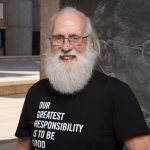 50 years of discovery: Professor Tony Hunter’s half-century legacy at SalkTony Hunter first arrived at the Salk Institute in 1971 as a postdoctoral trainee from the University of Cambridge. Four years later, he officially joined the Institute as an assistant professor and cancer biology pioneer.
50 years of discovery: Professor Tony Hunter’s half-century legacy at SalkTony Hunter first arrived at the Salk Institute in 1971 as a postdoctoral trainee from the University of Cambridge. Four years later, he officially joined the Institute as an assistant professor and cancer biology pioneer.

